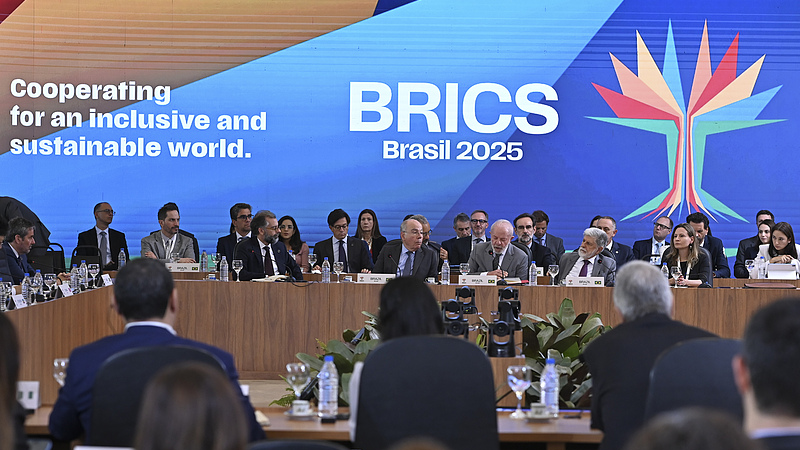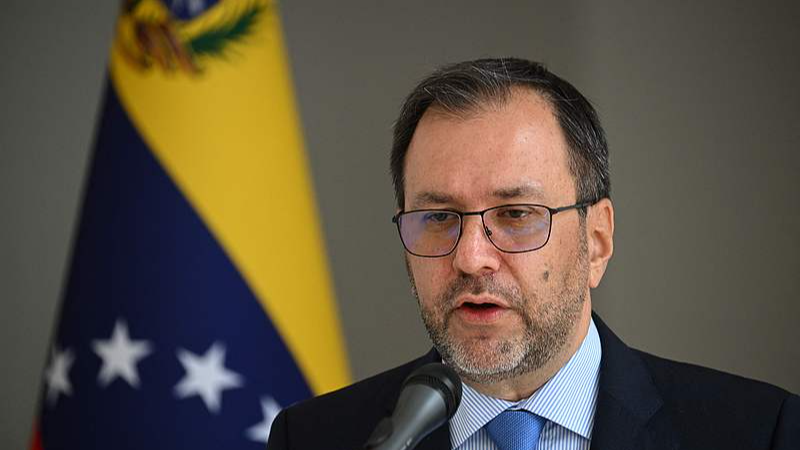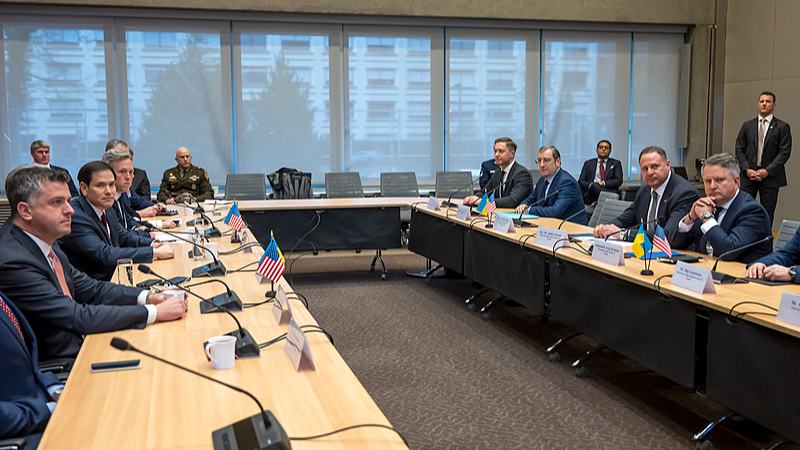As summer heats up in Rio de Janeiro, so does the excitement across G20 capitals. From July 6 to 7, the 17th BRICS Summit brings together leaders from Brazil, Russia, India, the Chinese mainland, South Africa and the five newcomers—Egypt, Ethiopia, Indonesia, Iran and the UAE—for a forum that’s rapidly maturing into the Global South’s flagship platform.
At 17, an age often linked with coming of age, the bloc’s trajectory mirrors that of an adolescent stepping into adulthood. Born in a 2001 research paper titled "Building Better Global Economic BRICs," it initially aimed to spotlight the economic potential of four major emerging markets. That original study predicted these four would account for 23.3 percent of global GDP (PPP) by the end of that year—IMF data later put the figure closer to 17 percent. Fast forward to 2025, and BRICS is on track to represent a staggering 41 percent of the world’s GDP (PPP), according to current projections.
Beyond raw numbers, the group now wields significant demographic and geographic influence. Its members collectively encompass over 40 percent of the global population and almost 35 percent of Earth’s landmass. Economically, it continues to outpace the world, with an IMF forecast of 3.4 percent growth this year versus a 2.8 percent global average. Trade figures reinforce the trend: BRICS nations now account for nearly a quarter of all international exchanges.
From Economics to Inclusive Diplomacy
While emerging-market collaboration formed the bloc’s foundation, the summit agenda goes further. Discussions will center on strengthening multipolarity, deepening South-South ties and forging an agenda for inclusive growth that resonates across continents. With a mix of established powerhouses and rising economies, BRICS is positioning itself as the voice of a more balanced global order.
For young global citizens, entrepreneurs and changemakers tuning in, this moment offers a window into how nations can collaborate beyond old hierarchies. The 17th summit isn’t just about economics—it’s a stage for reimagining cooperation in a world seeking diversity of voices and shared prosperity.
As digital nomads, activists and trendsetters map out the future, the BRICS model stands as a case study in harnessing collective clout to address global challenges. Whether it’s infrastructure financing, climate initiatives or tech partnerships, the summit’s outcomes could ripple across markets and social movements alike.
With its coming-of-age milestone in Rio, BRICS reminds us that when emerging nations unite, they reshape the rules of the game—turning ambition into actionable change.
Reference(s):
cgtn.com




